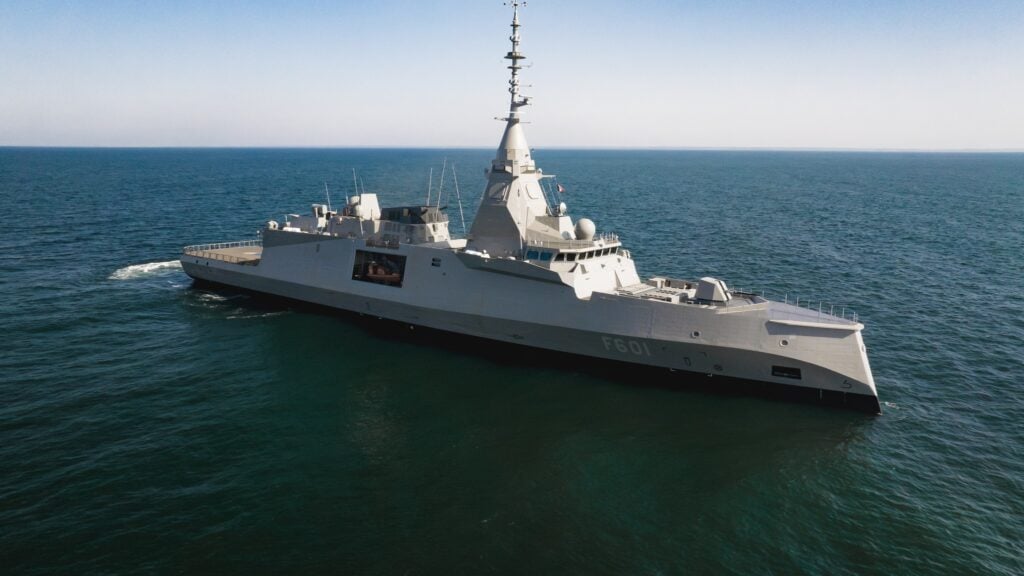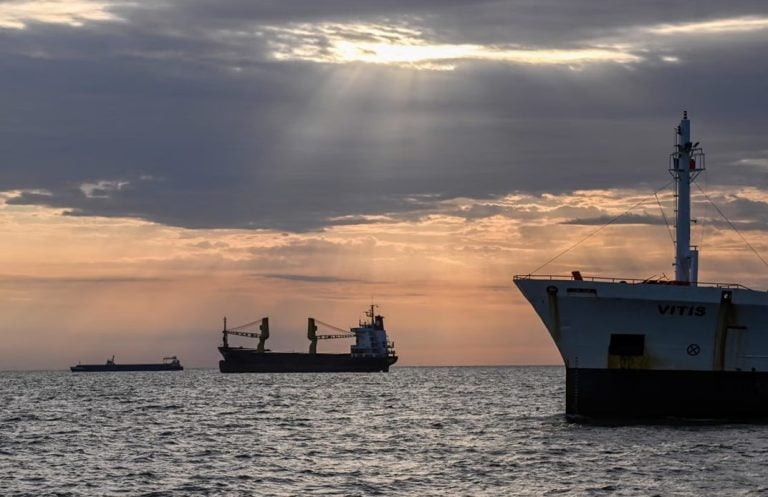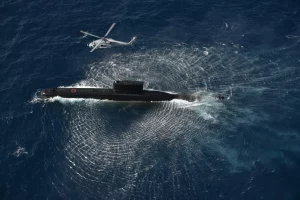French shipbuilder Naval Group has embarked on the sea trials of the Hellenic Navy’s inaugural Kimon-class frigate in Lorient, Brittany. This crucial phase involves both company representatives and military personnel assessing the vessel’s fundamental operational traits prior to its formal entry into service.
The initial trials will focus on the frigate’s navigation and propulsion systems, allowing evaluators to ensure these key components function correctly. Following this primary phase, attention will shift to the vessel’s combat systems and overall operational endurance.
The Kimon frigate program is part of Greece’s broader strategic initiative to maintain and enhance maritime superiority throughout the Eastern Mediterranean for the foreseeable future. The upcoming fleet draws from France’s Frégate de Défense et d’Intervention surface combatants, which are currently being developed by Naval Group as well. Notably, the Kimon-class frigates will integrate advanced digital technologies to facilitate future upgrades and minimize reliance on mid-life retrofitting.
In a strategic move earlier this year, Naval Group entered into collaboration with a Greece-based firm to improve interoperability between the new vessels and autonomous systems, highlighting a commitment to modern naval capabilities.
The Hellenic Navy’s HS Kimon, once operational, will be tasked with a range of missions, including anti-air, anti-submarine, anti-ship operations, and support for special forces. The first Kimon platform is expected to be delivered later this year, with three more ships scheduled to join the fleet by 2030. Upon their induction into the Hellenic Navy, these frigates will be designated as the “Belharra” class.
Weighing in at 122 meters (400 feet) long and capable of accommodating over 100 crew members, the Kimon frigates will be outfitted with an array of sophisticated weaponry. This includes Aster air defense missiles, Exocet surface missiles, RAM lightweight infrared missiles, MU90 anti-submarine torpedoes, and CANTO decoy countermeasures. The vessels will also have provisions for a 10-ton (20,000 pounds) maritime helicopter and an unmanned vertical takeoff and landing vehicle.
Their formidable propulsion system incorporates a 43,000-horsepower engine that allows the frigates to reach speeds of 27 knots (50 kilometers/31 miles per hour). In addition, they boast a remarkable operational range of 5,000 nautical miles (9,260 kilometers/5,754 miles) and an endurance of up to 45 days, positioning them as a vital asset for Greece’s naval capabilities in the region.
















